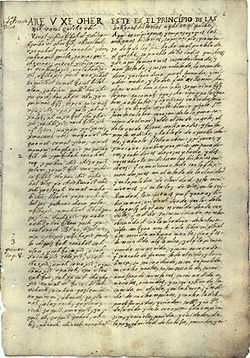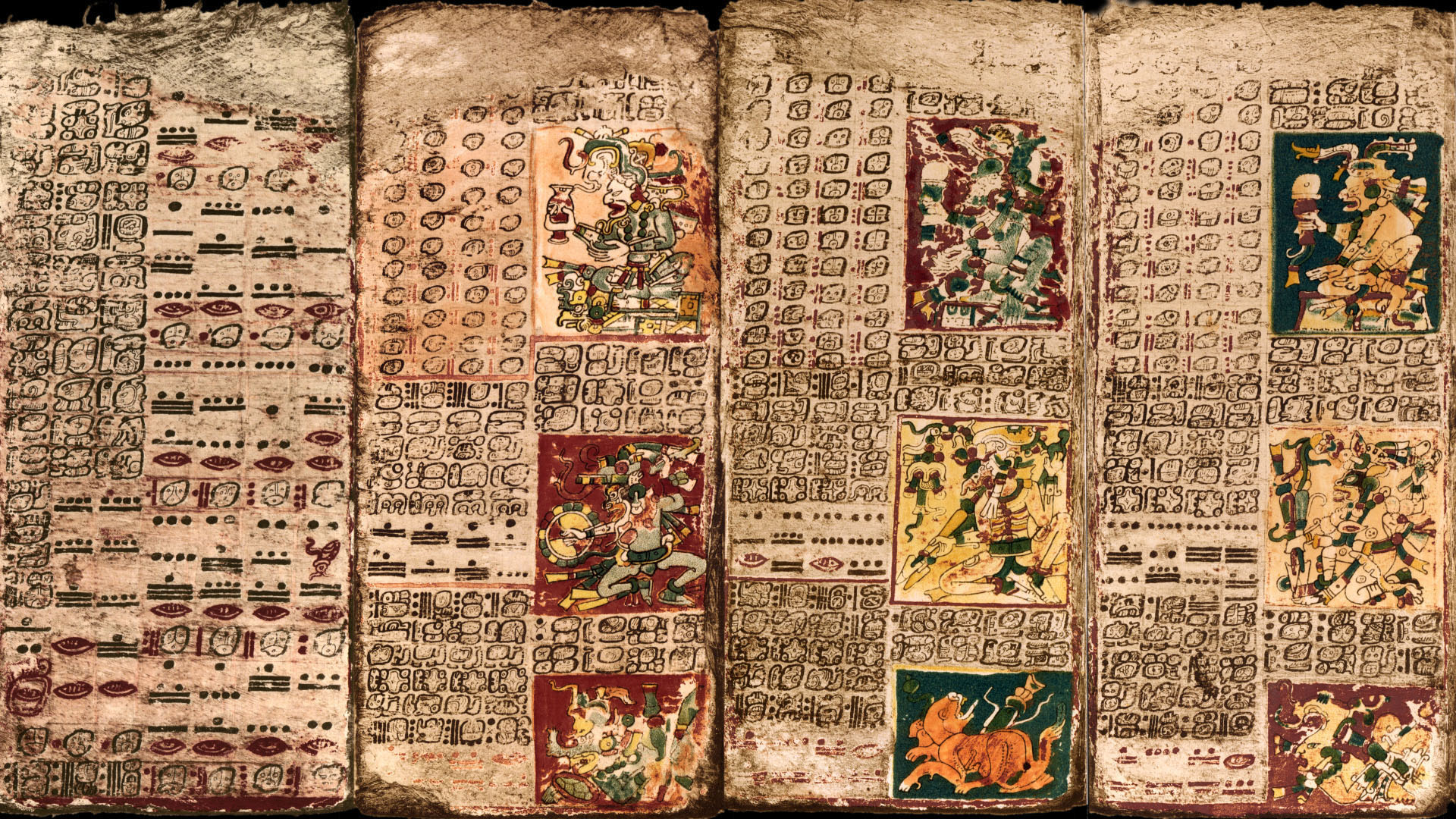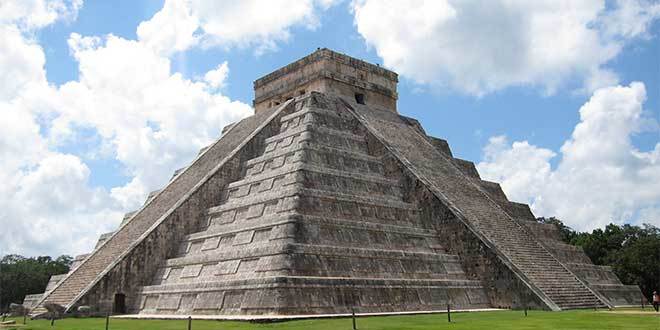Announcements
Welcome to Ancient Studies 601!
- If you have any questions about the content or the assignments, please send an owl to myself or one of my PAs. Alternatively, you can write on my profile. Whatever works best for you.
- If you wish to appeal a grade you received, please send me an owl with your grade id so I can have a look and best advise you. If you are unsure where to find your grade id, I can help with that too.
- I will try to have all assignments graded and returned to you no later than a week after submission. Please do not ask for grading updates before then.
- If you see any mistakes, typos or anything like that while you take this class, please let me know so I can fix them.
- You can find my office in the following HiH group: Click here to access Professor Salvatrix's Office. Feel free to join and engage in discussions and various activities related to the ancient world and beyond.
Lesson 5) Maya Stars, Pyramids, and Magic
The students enter the Ancient Studies classroom surrounded by a cloud of nervous energy. They take their seats, noting the towering stacks of parchment on the desk. The professor notes their nervousness and traces their gaze back to the precariously placed piles.
Oh no, my dears - that is not your midterm! Those are my notes from my most recent expedition to Asia. I do not expect you to write quite as much for your midterms. That said, you will be writing your midterms at the end of today’s class - but more on that later. For now, let’s conclude our studies on the Maya civilization. Pay close attention, now, the information in today’s lesson will be included in the midterm.
Maya Astronomy
During our previous lesson, I briefly mentioned how the Maya accurately calculated the movement of celestial bodies such as the planet Venus. While this was a very significant scientific achievement, the Maya people did not view it as a science at all. In truth, astronomy was a core piece of their religion.
The astronomical observations which the Maya so meticulously recorded were actually used for divination - specifically through astrology. Now, this type of astrology was slightly different from how it was practiced in other civilizations such as ancient Egypt. The information gathered was used by the priesthood to understand past cycles of time and use what had happened in the past to predict the future as well as plan battles and other major events. Unsurprisingly, this priesthood included members who had magical ability. Their magical divinatory abilities certainly enhanced and validated the conclusions that the priesthood presented to their king.
One of the most obvious astronomical features in the night’s sky is the Milky Way. Maya astronomers certainly noticed its presence and their names for it are also tied to religion.

The Milky Way
If you look at the image of the Milky Way above, you will note that there is a whitish part and a darker cleft down the middle. These features had specific names in Maya astronomy: the white part was called the Saq B’e (white road) and the black part, the Q’eka B’e (black road). The Q’eka Be was also referred to as the Ub’e Xibalba, or road of the underworld. The use of the term Xibalba (underworld) shows us that the Maya tied their belief system to the stars.

Another example of the interconnectedness of astronomy and religion in the Maya civilization is the Popol Vuh. The Popol Vuh is a story, or, rather, a series of Maya myths. These myths outline the Maya creation story, as well as other heroic and cautionary tales. What is fascinating about the Popol Vuh, however, is that it is actually outlining the movement of the cosmos as measured by the Maya calendar through those stories. Simply put, the astronomical data that the Maya collected was passed down through the generations through mythology.
Now, there was still a need for the astronomical data to be recorded so it could be consulted over time. Archaeologists have discovered what is called the Dresden Codex. This document is quite similar to the Popol Vuh, however the story aspect is not present - it is simply a record of the astronomical movements as recorded by the Maya.

If you are interested in learning more about the myths that are described in the Popol Vuh, I suggest you take Mythology, Year Six if you are not already, as it includes some of these stories.
Magic Use in the Maya Civilization
In Lesson One of Year Four in this class I discussed the difference between magic and religion. Throughout the civilizations I have discussed with you, it is quite apparent that the separation between the two was tenuous at best, and quite often did not exist. This same situation existed for the Maya people: magic and religion were so intertwined that it is difficult to see where one aspect ended and the other began.
That said, this intertwinedness meant that the use of magic was not something that had to be hidden. It was an accepted part of everyday life. While the king was the head of the civilization, shaman (magic users) were also great leaders second only to those kings. Both the kings and the shaman interceded with both the gods and their ancestors on behalf of their people.
Healing
Similar to the ancient Egyptians, the Maya believed that physical and spiritual health were one and the same. All maladies were treated with a mixture of traditional and magical medicine, and the healers saw no difference between a physical or mental illness - all patients were treated equally and with respect. It was the shaman who were the healers in this civilization and the h’men, the most skilled of these shamans, focussed on healing the body, mind, and soul together, while others focussed on the body and mind, but not the soul.
Divination
While we spoke about divination in our discussion on Astronomy above, other types of divination were performed by witches and wizards in the Maya civilization. Some of these diviners used crystals to focus their magic, while others used ilb’al (instruments for seeing) which are described as short sticks that may have aided in judging the distance and movement of celestial objects.
Magical Centres and Pyramids
While magic was commonplace, as were magic users, communities focussed on magical practice and research certainly existed throughout the Maya civilization as well. We do know for certain that Kaminaljuyu, known as the place of the ancients, was a city with a political and economic focus, but also a ritual and magical focus. There are approximately 200 temple mound platforms in the area which were burial tombs for the noble elite. Sadly, as this area is now modern day Guatemala City, the site was destroyed by developers before it could be properly excavated by archaeologist either Muggle or magical in nature.
Thankfully, not all of the magic-focused sites of the Maya Empire have been destroyed. Another fascinating location is Uxmal, home to The Adivino, also known as the Pyramid of the Magician. Well, that title is rather self-explanatory! Indeed, Uxmal was a place where witches and wizards gathered to study and practice their magic. Magianthropologists and magicarchaeologists all believe that Uxmal may have been the home to an actual magical school at one point, however we are still looking for solid evidence to support the theory.
I see some of you looking confused. Yes, I did say pyramid. No, we’re not back in Egypt! Indeed, the Maya civilization, much like the ancient Egyptians, created pyramids and burial mounds, and even wrote in hieroglyphics. If you look at the image of the Dresden Codex above, you will note that any markings that are not the numbers we learned about in our previous lesson are pictorial in nature. While the coloured ones are obviously illustrations, the other smaller pictures are not - they are hieroglyphs.

There are certainly many similarities between these two civilizations. That said, look at the image of a Maya pyramid above. While similar, they are certainly not identical in construction and design to their Egyptian counterparts. Keep in mind, while Maya pyramids are impressive, the tallest - El Tigre (also known as El Mirador) is only 72 metres high, where as Khufu, the Great Pyramid in Egypt, stood at quite literally twice the height, 146.5 metres, in its least damaged state.

Another difference is that Maya pyramids were not only giant tombs for their kings. Some of the pyramids, such as the Temple of Inscriptions in Palenque, were used for this purpose, however, their general purpose was for ceremonies on the summit. The ancient Egyptians were not allowed on the summit of their pyramids for fear of blocking the journey of their kings to the afterlife. On the other hand, the Maya intentionally built flat tops on their pyramids in order to hold rituals and ceremonies.
Some of these great religious ceremonies took place in Tikal, which is a site resplendent with pyramids, acropolises, and more. This city was known as a great religious centre, and evidence of regular magical use has been identified at the site by magiarchaeologists. The pyramids at Tikal, as well as most if not all of the other Maya pyramids, were aligned with the sacred cardinal directions. Tikal specifically was a centre for astronomical research and related magical study. Chichen Itza was another centre for astronomical study within the empire, and there were several other centres focussed on this topic as well, as astronomy was such a core piece of the civilization.
The End
The Maya empire ended as all empires do eventually. Not even their passion for astronomy could keep them going. Faced with a religious oligarchy, the educated peasants revolted, intent on bettering their lives in more than just mathematical terms. For three generations they refused to work and produced less and less food. Ultimately, the empire ended in 987 B.C.E. at Chichen Itza when the city was either conquered by another empire or abandoned. The debate over which two of these fates actually befell the city rages on as there is conflicting historical and archaeological evidence.
As the Maya empire ended, so too must our class today. I hope you took excellent notes, as this information will be included in your midterm. Please note that your midterm for this year will be only one part. Instead of the quiz and essay format I have used in previous years, I will be giving you a quiz of purely short answer questions. Please use this opportunity to read the questions carefully and think critically about what you have learned. Best of luck!
Image credits here, here, here, here, and here
Original lesson written by Professor Liria Morgan
- ANST-501
Enroll


